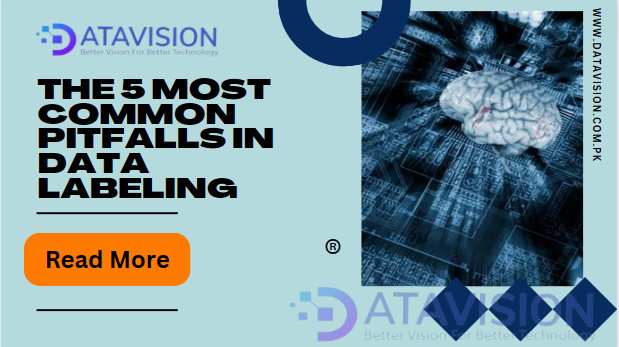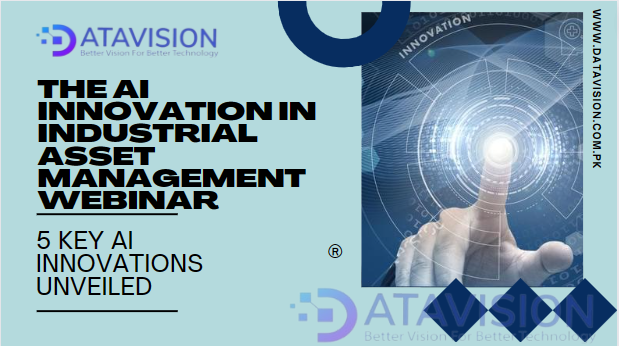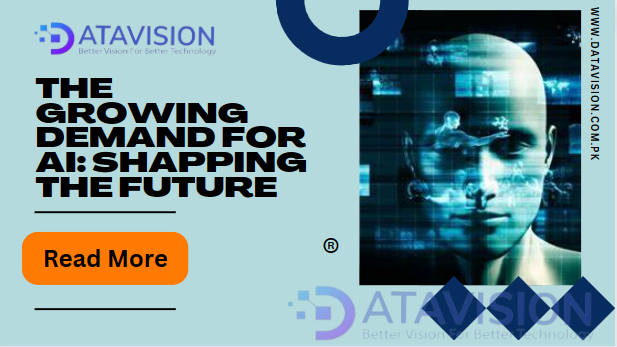Introduction:
In the ever-evolving landscape of artificial intelligence and machine learning, the quality of training data plays a pivotal role in the success of models. Traditional data labeling methods often fall short when it comes to handling complex and diverse datasets. However, the advent of Vision Transformer (ViT) technology has ushered in a new era in data labeling, promising to revolutionize the way we ensure data quality for AI applications.
I. Understanding the Significance of Data Quality:
Before delving into the transformative power of Vision Transformer technology in data labeling, it is crucial to grasp the importance of high-quality labeled data in the realm of machine learning. The accuracy and reliability of AI models heavily depend on the quality of the training data, making data labeling a critical step in the model development process.
II. The Limitations of Traditional Data Labeling Methods:
Traditional data labeling methods often involve manual annotation, a time-consuming and error-prone process. Human annotators may introduce inconsistencies, leading to inaccuracies in the labeled data. Furthermore, these methods struggle to scale efficiently with the increasing demand for diverse and large datasets required by advanced machine learning models.
III. Enter Vision Transformer Technology:
Vision Transformer technology, inspired by the success of transformer architectures in natural language processing tasks, has shown remarkable capabilities in handling visual data. Unlike traditional convolutional neural networks (CNNs), Vision Transformers process images by dividing them into fixed-size patches, which are then linearly embedded and processed by transformer layers.
IV. Key Features of Vision Transformer-Powered Data Labeling:
a. Improved Context Understanding: Vision Transformers excel in capturing long-range dependencies in visual data, enabling better context understanding. This results in more accurate and nuanced labeling of complex images.
b. Scalability: The modular structure of Vision Transformers facilitates scalability, allowing for efficient processing of large datasets. This scalability is essential in meeting the demands of modern machine learning applications.
c. Self-Attention Mechanism: The self-attention mechanism in Vision Transformers enables the model to focus on relevant parts of the input data, enhancing the accuracy of the labeling process by assigning appropriate attention to different features.
d. Adaptability to Diverse Data: Vision Transformers exhibit a high level of adaptability to diverse datasets, making them suitable for a wide range of applications, from medical imaging to autonomous vehicles.
V. Case Studies and Success Stories:
Explore real-world examples where Vision Transformer-powered data labeling has significantly improved the quality of training data, resulting in more robust and accurate AI models.
VI. Future Implications and Trends:
Discuss the potential impact of Vision Transformer technology on the future of data labeling and its role in advancing the capabilities of machine learning models.
VII. Conclusion:
In conclusion, the integration of Vision Transformer technology in data labeling represents a paradigm shift in ensuring better quality data for AI applications. By addressing the limitations of traditional methods and leveraging the power of transformer architectures, we can expect significant advancements in the accuracy and reliability of machine learning models, ultimately shaping the future of artificial intelligence.




